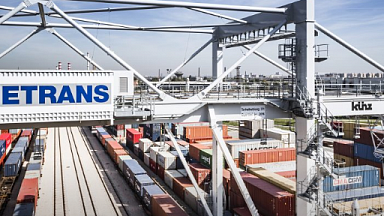The first plan provides for the construction of two bridges side by side, while the second plan aims to align the two bridges vertically. The third plan relies on a single bridge design where trucks could pass by when the train is absent. Vasily Orlov, the governor of Amur Oblast, disclosed this information a few days ago at the Harbin International Economic and Trade Fair.
Currently, the possible plans are awaiting discussion between the Chinese and Russian government officials, which are set to take place this summer. The bridge would connect the Chinese border city Mohe with the Russian federal Amur Oblast, with the potential to extend the impact further north into the Sakha Republic.
Faster natural resources export
The Republic of Sakha is the largest administrative region of the Russian Federation, with largely untapped natural resources, such as coal, natural gas, timber, and iron ore. The Sakha Republic and Amur Oblast currently have an incomplete rail connection, while the railway has not yet been extended to the Chinese border either. The new railway bridge could potentially bridge this gap through a new rail link and a new border crossing.
Last week, on 23 June, the Republic of Sakha transported the first batch of liquefied petroleum to China via the Hunchun border crossing by rail. The products need to take a detour before reaching the Chinese market, first by the sea at the far east and then be reloaded into trains at the port. The upcoming new railway bridge could create a direct transportation link between the Republic of Sakha and reduce the transport distance by 2,000 kilometres compared to the current route, making the export of natural resources to China slightly faster.





